6. The Third Part of the Night (Andrzej Żuławski, 1972)
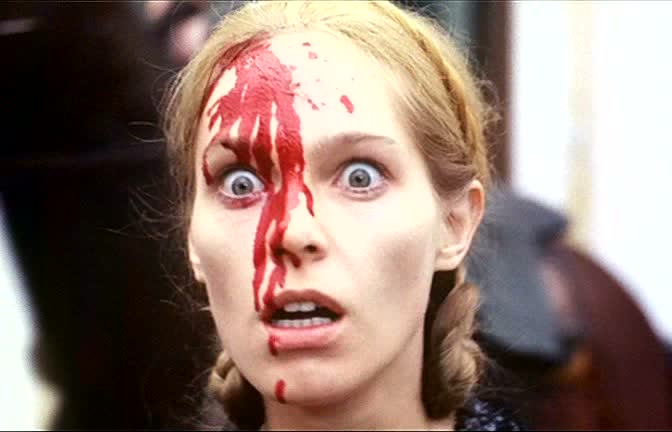
Alongside Andrzej Wajda, Andrzej Żuławski is one of the great geniuses of the Polish New Wave. This one took so much proportion that he got numberless co-productions in partnerships with France, the United States, and West Germany.
Several times persecuted by the authorities of his country, Żuławski had to interrupt its production; for example, the case of “On the Silver Globe,” in which the filmmaker had to leave its country of origin. Moving to France, he found a completely different scenario: there, he was worshipped for his artistic and extremely violent films.
His first film, “The Third Part of the Night” is an avant-garde horror set in World War II, during the Nazi occupation of Poland. In this film, Michal’s family is brutally murdered by the German soldiers in their country house. He then makes the decision to join the Resistance, but after an ambush, he gives up everything. After that, he meets a doppelganger of his wife, who was giving birth in a small apartment. Dreams and delusions gain prominence in this enigmatic work of Polish cinema.
In “The Third Part of the Night,” violence is the main component of the direction. From the first sequence, the frenzied violent content is put into practice when an elderly lady, a woman, and a child are killed by a bunch of soldiers. Aside from that, the movie begins to take a more violent and extremely disgusting course. More slaughters and civilians being killed, allied to experiments with parasites, give this fantastic work a more grotesque style.
7. The Red Light Bandit (Rogério Sganzerla, 1967)
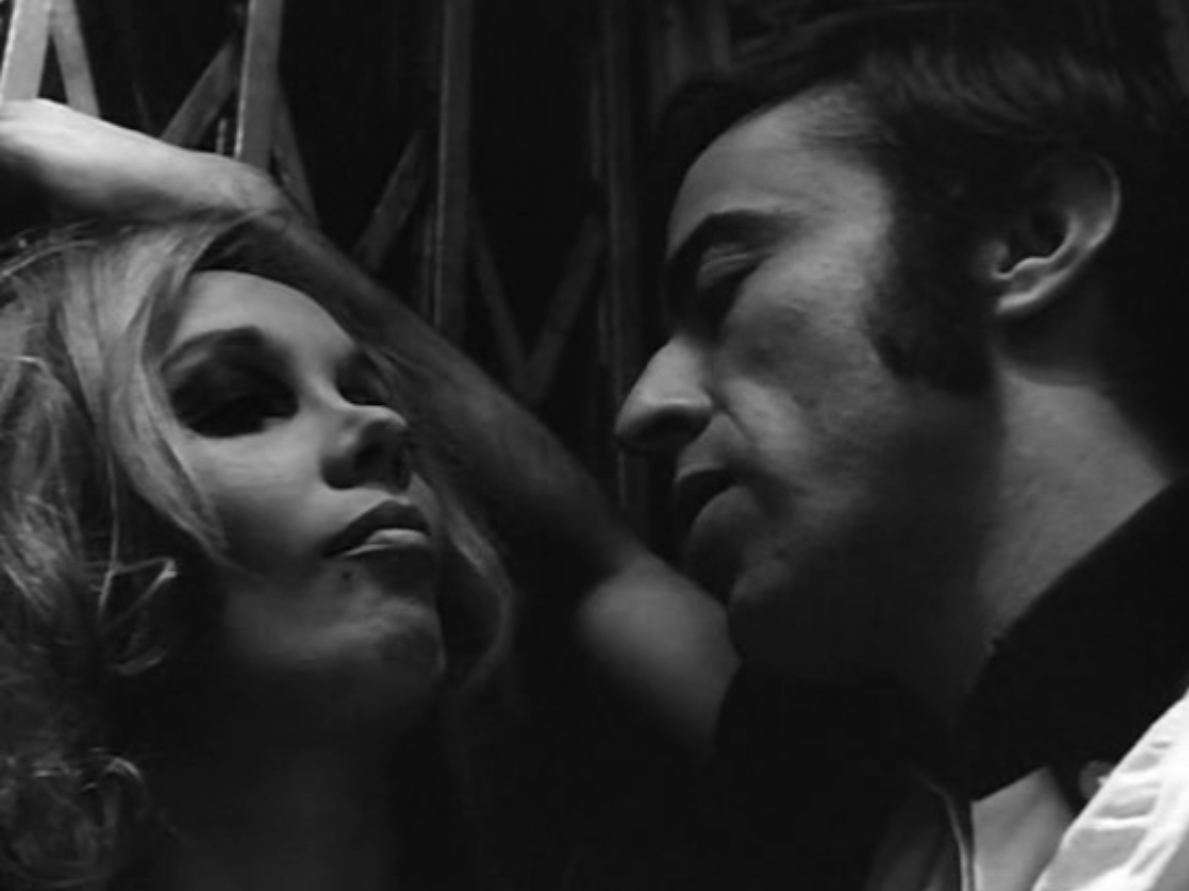
A declared fan of Orson Welles, Rogério Sganzerla is one of the great names of Brazilian cinematography. His irreverent style is a trademark of his films, which seeks to capture the essence of Brazil in its most populous cities. Several times, he had been banned from filming and had his projects interrupted by the government; maybe that’s why he was so fascinated by Welles’ never-finished project, which would be recorded in Brazil.
At only 22, Sganzerla filmed “The Red Light Bandit,” a film inspired by a real criminal. Jorge is a young bandit from the city of São Paulo, who intrigues the police. Using simple methods and being unwisely careful, the thief engages in long dialogues with his victims before assaulting them.
Aside from crimes like theft, Jorge also takes pleasure in raping woman. Always accompanied by his little red lantern, he begins to integrate the folklore of Brazil, gaining prominence and the headlines of newspapers.
Certainly, this is a work not intended for people with epilepsy. Having some passages that resemble flicker films, this maximum work of 1968 is pure deconstruction. His narrative line is poorly defined: the viewer never knows exactly what is happening, making it difficult to understand his script.
However, the point that most makes this a difficult work to finish is the violence. Jorge is a man who takes advantage of physical and sexual violence to get what he wants. In “The Red Light Bandit,” Rogério Sganzerla was able to faithfully capture the violent reality of the marginalized layers of Brazilian society.
8. Cannibal Holocaust (Ruggero Deodato, 1980)
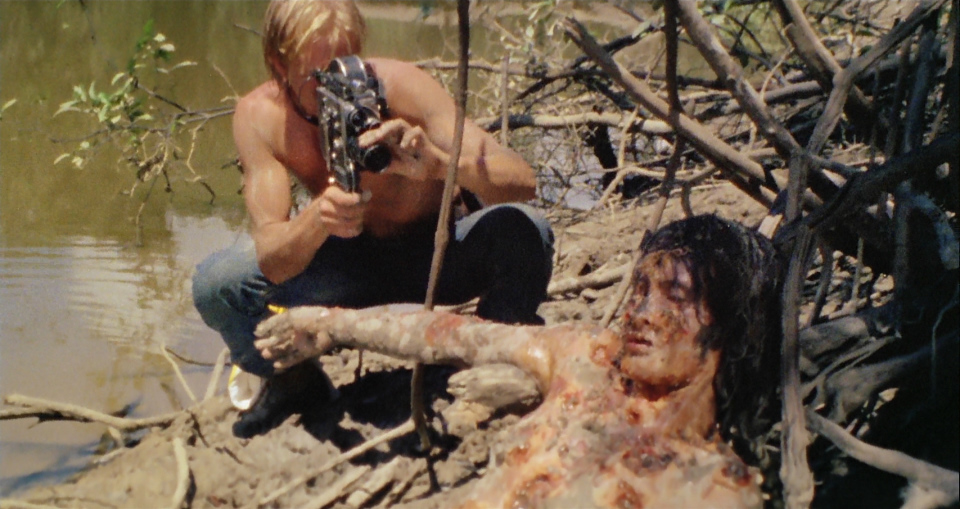
Ruggero Deodato is a filmmaker who excels at violence that is unleashed in his works. Alongside other great names, Deodato established himself within the genre of the giallo, the ultraviolent Italian terror. His greatest work is undoubtedly “Cannibal Holocaust.” Because of this landmark of the 1980s, the director eventually became embroiled in a number of court disputes, including allegations of actor murders. Certainly, this work is one of the most intriguing horror films in cinematic history.
His masterpiece tells the story of a group of documentarists lost in the middle of the Colombian jungle. The narrative begins with a rescue, in which the tapes recorded are found by the disappeared ones, in the model of found footage.
These tapes, however, reveal a hostile environment created by the filmmakers themselves, who persecute and rape a young girl from the Yanomami tribe. After that, the natives began to chase the group effusively, killing one by one in increasingly cruel ways.
In this classic of horror and violence (against humans and animals) reigns throughout the film. The director and cast already admitted that any and every wild animal death scene was real, and nothing was staged.
Here, it is realized that “Cannibal Holocaust” is not an easy film to finish: rape, lots of violence, and real deaths take care of the work. The suffering of the characters is so trustworthy, that the director was accused of having made a movie in which the actors actually die.
9. The Blood of a Poet (Jean Cocteau, 1932)
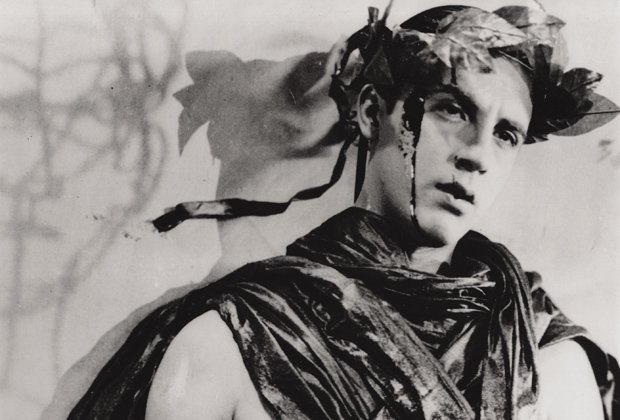
Jean Cocteau is one of the most original and mysterious filmmakers of the Impressionist avant-garde; his films have been epochs and to this day, they intrigue everyone. Very close to names like Marcel Proust, Amedeo Modigliani and Federico de Madrazo y Ochoa, Cocteau has always been attentive to the possible artistic movements that arose during his youth. Having a very strong relationship with poetry, he made his famous Trilogy of Orpheus, which explores the world and the reveries of the poets.
The first chapter of this triad, “The Blood of a Poet” is definitely a manifest of Cocteau’s pure cinema. Filled with surrealism and magic, the French director performs an allegory of the myth of the poets. In the film, a famous poet without a name is transported several times through multiple bizarre and exotic dimensions. Here, onirism takes over as rational logic fades away.
This work runs for only 50 minutes, but its experimentalism and complex narrative and no dialogues, make this film a challenge. Always trying to understand where and when each scene takes place, the viewer perceives himself as uneasy, never content with his resolutions. Cocteau’s dreamy sequences and pure aesthetic delusion transform “The Blood of a Poet” into a film that is difficult to absorb, requiring attention and intellectual disposition from the viewer.
10. Pink Flamingos (John Waters, 1972)
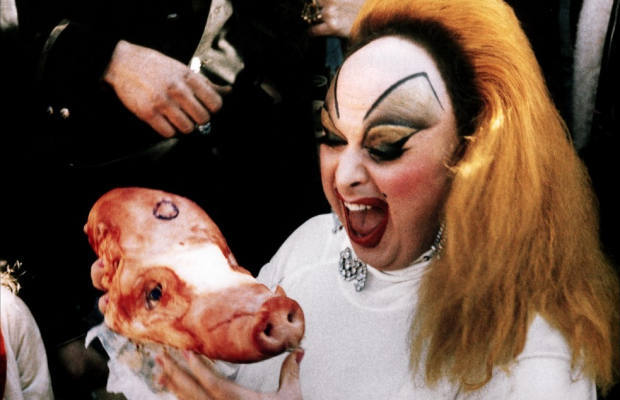
One of the most eccentric figures in the art world signs the direction of this peculiar film: John Waters, the plastic artist, filmmaker, journalist, art collector and actor. A man of many vocations, Waters is extremely worshipped underground for his trash work – in any of his areas of expertise – exploring sexuality and challenging aesthetics. From a successful partnership with drag queen Divine, her career has established itself in the film medium.
“Pink Flamingos” is definitely one of the most grotesque films ever produced. The whole plot revolves around a competition between an obese woman and a couple involved in pornography and drug trafficking for the title of “Filthiest Person Alive.” Deaths, explicit sex, and a lot of violence permeates this bizarre work, considered a landmark in the career of Divine and the director himself.
Sex, incest, abduction, murder, blood, and eschatology make up the small quorum of repulsive elements that form the universe of “Pink Flamingos.” Totally burlesque and debauched, this John Waters movie is just weird.
There’s a moment when Divine and her son invade the house of their competitors; the two lick all the furniture in the house and, to crown this act, the mother practices oral sex on her son. However, the ending is even more staggering: Divine, claiming to present his political views, eats feces from a street dog. Again: “Pink Flamingos” is bizarre and, above all, hard to finish.